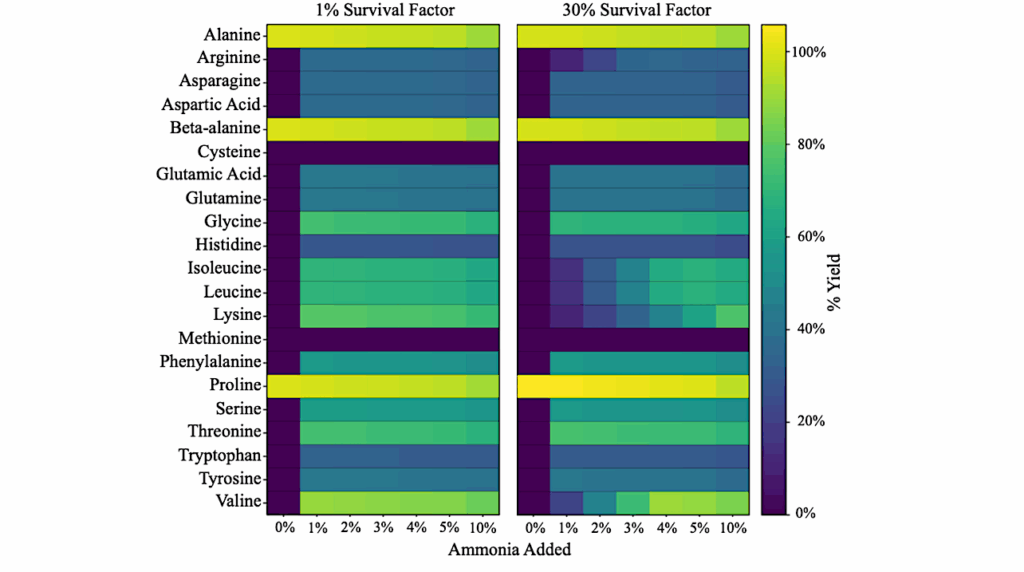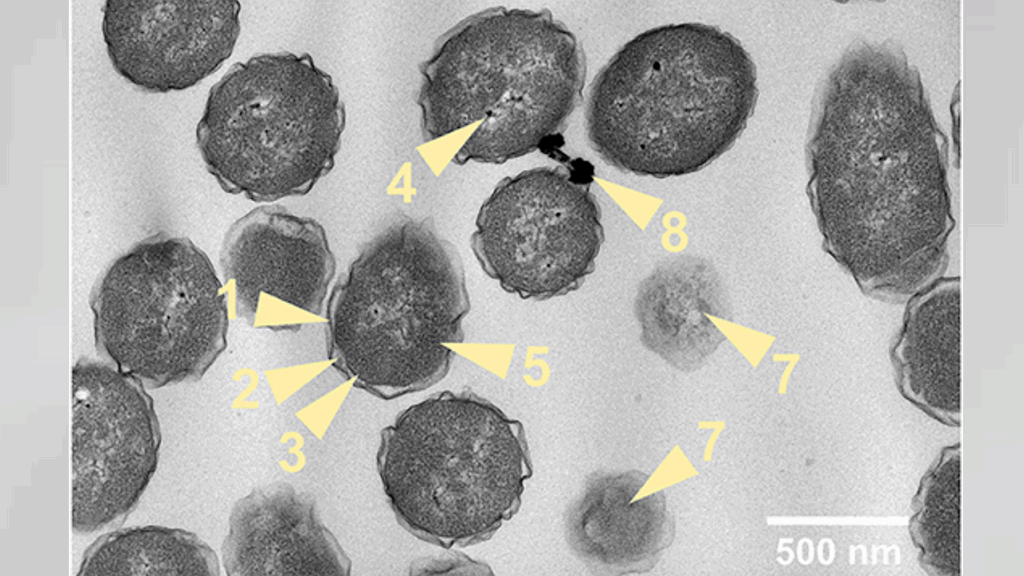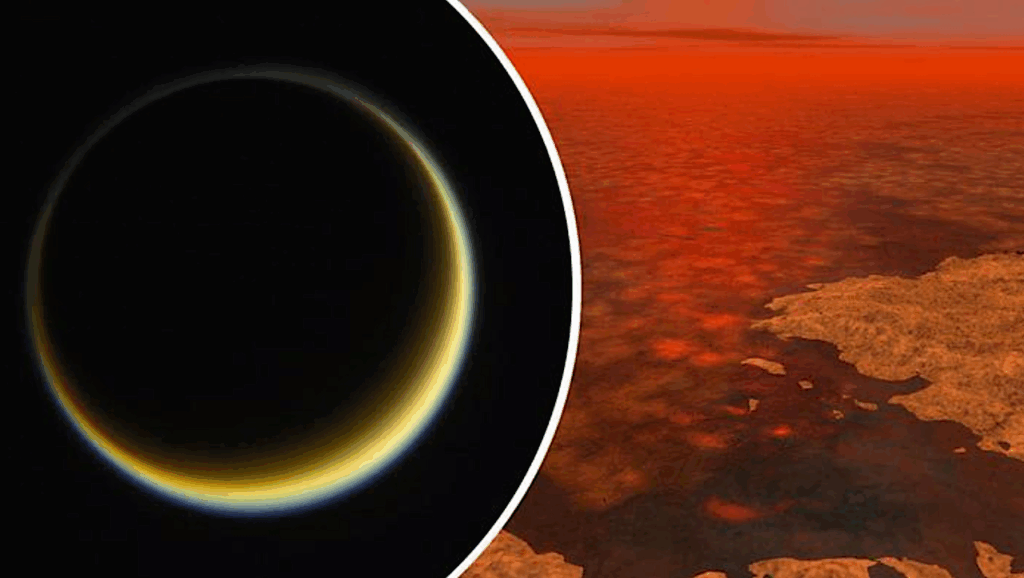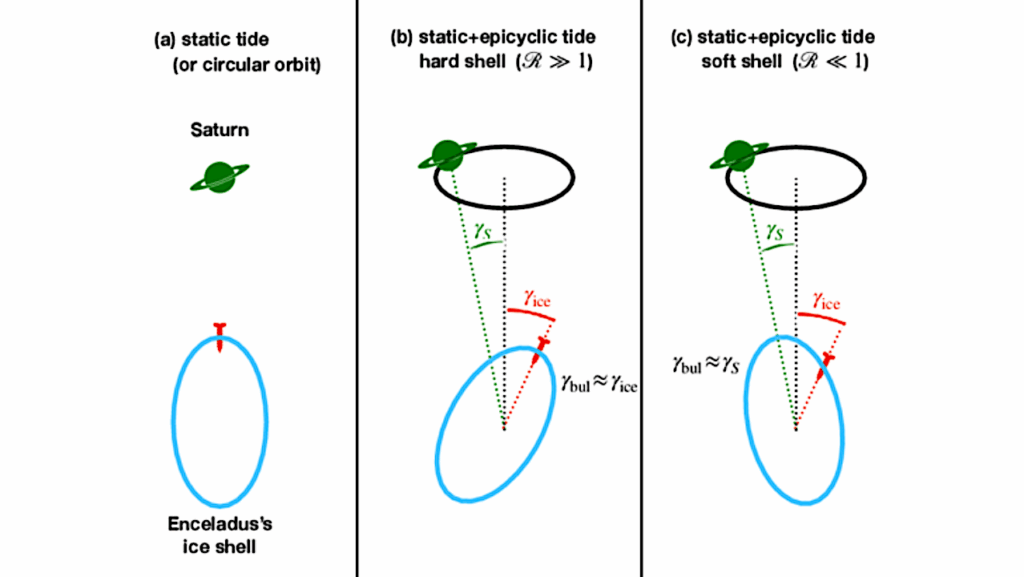Trajectory-based Simulation Of Far-infrared CIA Profiles Of CH4−N2 For modeling Titan's Atmosphere

We report the results of the trajectory-based simulation of far-infrared collision-induced absorption (CIA) due to CH4−N2 pairs at temperatures between 70 and 400 K.
Our analysis utilizes recently calculated high-level potential energy (PES) and induced dipole surfaces (IDS) [Finenko, A. A., Chistikov, D. N., Kalugina, Y. N., Conway E. K., Gordon, I. E., Phys. Chem. Chem. Phys., 2021, doi: 10.1039/d1cp02161c]. Treating collision partners as rigid rotors, the time evolution of interaction-induced dipole is accumulated over a vast ensemble of classical trajectories and subsequently transformed into CIA spectrum via Fourier transform.
In our calculations, both bound and unbound states are properly accounted for, and the rigorous theory of lower-order spectral moments is addressed to check the accuracy of simulated profiles. Classically derived trajectory-based profiles are subject to two approximate desymmetrization procedures so that resulting profiles conform to the quantum principle of detailed balance. The simulated profiles are compared to laboratory measurements and employed for modeling Titan’s spectra in the 50-500 cm−1 range.
Based on the desymmetrized simulated profiles, a new semi-empirical model for CH4−N2 CIA is proposed for modeling Titan’s infrared spectra. Synthetic spectra derived using this model yield an excellent agreement with the data recorded by the Composite Infrared Spectrometer (CIRS) aboard the Cassini spacecraft at low and high emission angles.
Artem Finenko, Bruno Bézard, Iouli Gordon, Daniil Chistikov, Sergei Lokshtanov, Sergey Petrov, Andrey Vigasin
Comments: 18 pages, 11 figures, accepted for publication in ApJS . The semiempirical CH4-N2 profiles tabulated in the HITRAN CIA format are available on the ApJS website or upon reasonable request
Subjects: Earth and Planetary Astrophysics (astro-ph.EP); Atmospheric and Oceanic Physics (physics.ao-ph); Atomic and Molecular Clusters (physics.atm-clus); Chemical Physics (physics.chem-ph)
Cite as: arXiv:2111.02312 [astro-ph.EP] (or arXiv:2111.02312v1 [astro-ph.EP] for this version)
Submission history
From: Artem Finenko Mr
[v1] Wed, 3 Nov 2021 16:01:28 UTC (5,163 KB)
https://arxiv.org/abs/2111.02312
Astrobiology, Astrochemistry,








